Double act: when Carla Sozzani and Azzedine Alaïa spoke about fashion past, present and future
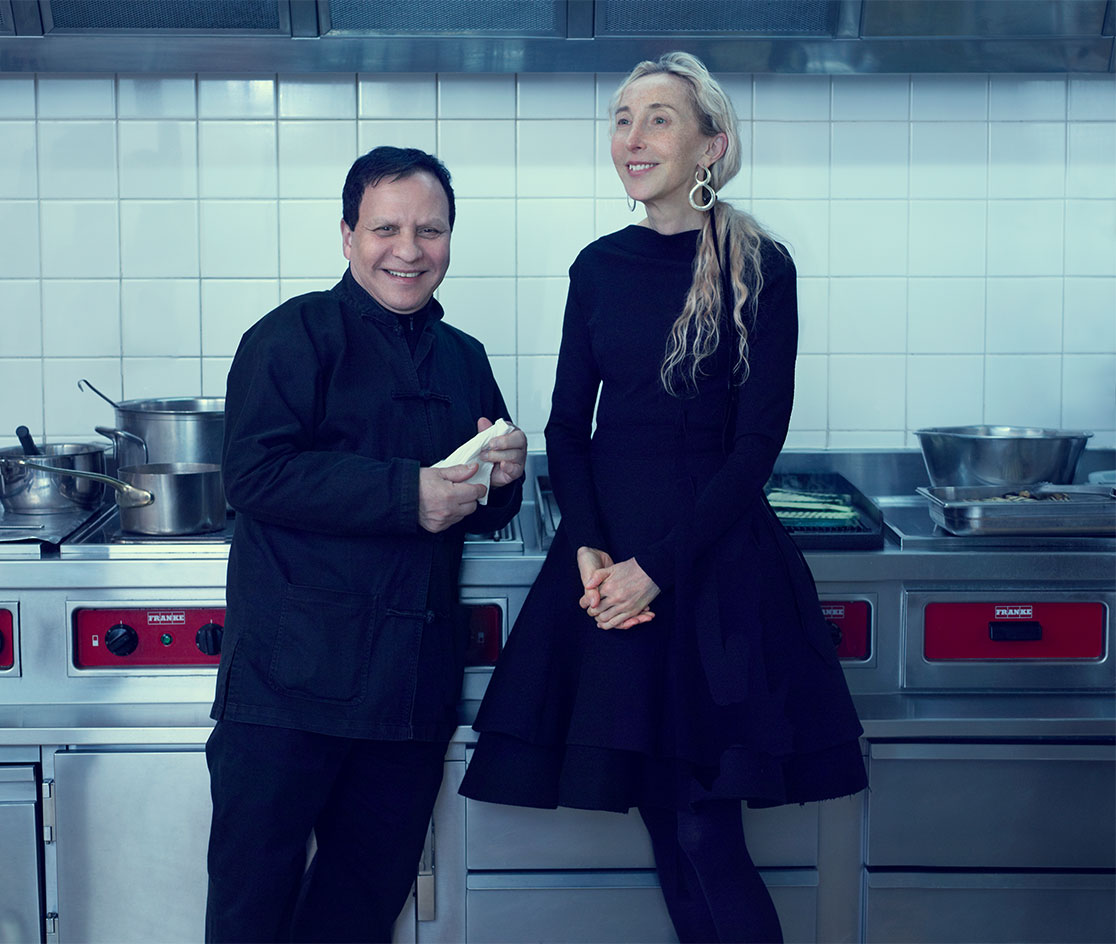
In celebration of the opening of Maison Alaïa's London flagship this evening, we reached into our archives to reread a fascinating interview between Azzedine Alaïa and his close friend Carla Sozzani. Here, we present an englightening conversation between the pair – who cultivated a friendship which lasted over 30 years – before Alaïa sadly passed away last November.
When Azzedine Alaïa was a boy in Tunisia in the 1940s, his grandmother set a place at the dinner table for each member of the family every evening, plus extra places for any unexpected guests. Her grandson perpetuates the tradition to this day by hosting ‘open house’ lunches and dinners for friends and colleagues in the cavernous kitchen of his 18th-century hôtel on rue de Moussy in Paris’ Marais district.
Before Alaïa moved in, 5 rue de Moussy was being used as a warehouse by the nearby BHV department store, but originally it was the childhood home of one of his heroines, Louis XV’s chief mistress Madame de Pompadour. ‘I love telling people: “You are invited Chez La Pompadour,”’ he laughs. Now, it houses Alaïa’s apartment, his design studio and ateliers, the cabines where he fits his dresses, his boutique, and a large space where he throws parties and stages fashion shows, though the latter only happen when he feels like it, which isn’t very often; there was an eight-year gap before the last one in July. His work from the last decade is being showcased, however, in an exhibition, ‘Azzedine Alaïa in the 21st Century’, currently on at the Groninger Museum until 6 May.
Refusing to show unless he wants to is part of Alaïa’s mythology, as is the exquisitely fabricated, babelicious style he has perfected over the years; his enviable archive of vintage fashion by Vionnet and Balenciaga; his uniform of black Chinese jacket and velvet slippers; his jaw-dropping collections of contemporary art and design; and those ‘open house’ meals. Designers Marc Newson and Martin Szekely often pop in, as do supermodels who happen to be in town. (They call him ‘Papa’.)
A regular guest and close friend for more than 30 years is Carla Sozzani, owner of 10 Corso Como, the gallerycum-bookshop-cum-fashion-store-cum-restaurant-cum-hotel in Milan, which celebrated its 20th anniversary last year.
Wallpaper* caught up with the pair, along with Alaïa’s magnificent St Bernard, Didine, around the famous rue de Moussy kitchen table.
Wallpaper*: When did you two first meet?
Azzedine Alaïa: A long time ago, although it feels as though we’ve known each other since birth. It was in the early 1980s. Carla was an editor at Vogue Italia and she invited me to come to Milan with my collection. I always read Vogue Italia and loved her work. I was very impressed by the quality of it. So when she said, ‘Come to Milan,’ I ran there. Something clicked between us straight away. Some things happen like that. We have been friends ever since.
Carla Sozzani: I had been told about Azzedine by a woman I worked with at Vogue Italia, Françoise Havan, who said, ‘There’s a man in Paris who is doing unbelievable things in leather.’ And I thought, ‘I’ve got to see this.’ When I did, it was l’amore a prima vista – love at first sight.
W*: And how often do you see each other now?
AA: All the time, once a week minimum.
CS: It’s me who does the travelling. I come to Paris for work most weeks and always see Azzedine while I am here.
AA: And I go to Milan sometimes. I went there in September for Corso Como’s 20th anniversary celebration. Two days of parties – it was wonderful! Before then, it had been a long time since I had visited Milan. Though, from time to time, Carla and I travel together to other places. Maybe an opportunity will arise for us to go to Venice or New York. Or we will go to South Korea or Japan. We never stay for long. Five days is the maximum. There is always too much work for me to do here in Paris, and for Carla in Milan, but it is always fun to travel with her.
W*: Has Alaïa always been part of Corso Como since the beginning?
CS: Well, I started out in 1990 with an art gallery, not with fashion. We began with an exhibition of photography by Louise Dahl-Wolfe. My plan was to have a gallery and a bookshop for art and design, but I missed fashion too much, so in September 1991 I started to sell pieces by the fashion designers whose work I really loved.
AA: It’s still the same. To this day she only sells the things she loves. People go to Corso Como because it’s always interesting. It is not just a store, it is Carla’s world. It has a special spirit. I discovered contemporary design chez Carla. The first time I found furniture that really interested me was when I saw her exhibitions of Marc Newson’s and Tom Dixon’s works in the early 1990s. Every time I go to Carla’s I discover something new.
CS: My inspiration was my work as a journalist. I decided to run Corso Como as a living magazine. As an editor at Vogue Italia, I’d had readers, and now I have clients at Corso Como. The first labels we sold were Alaïa – it is the basis of everything we have ever done – Comme des Garçons, Prada’s first womenswear collection and Martin Margiela. At the time, minimalism was very important in fashion. Everything was very, very simple. It was the period when Margiela and Helmut Lang were starting out. They had a huge influence on other designers.
W*: If minimalism was the dominant theme in fashion 20 years ago, what is it today?
CS: Cut. The quality of the cut is very important and it has to be interesting. Fashion has become very expensive and people are taking time to think before they buy. They want to express their personalities in whatever they wear, and a good cut enables them to do that. But it’s not easy to cut really well. Very few designers can do it. There is Azzedine, of course, and Comme des Garçons. John Galliano knows how to cut. Alexander McQueen did, too. I first met him when he was working for Koji Tatsuno in London, cutting jackets in a tiny place on Mount Street.
AA: For me, the cut is incredibly important. It is fundamental and always has been. When I first came to Paris, I went to the École des Beaux-Arts and I chose to study sculpture because of my fascination with the body, then I discovered fashion. It’s odd, but my collections have been similar in style since the start. There have been subtle changes. The forms aren’t quite the same now, the lines and proportions are slightly different, but my work has always been in the same spirit and always all about the cut and the body.
W*: Is it possible for designers today to develop as distinctive and consistent a style as you have done?
AA: Yes. Look at Nicolas Ghesquière at Balenciaga. You can see his personality in his work. There’s something very personal in the shapes, the mix of materials and the style of construction. There are other designers who are successful commercially, but he stands out because he has such a clear vision of the woman he wants to dress and he has developed a technique of making clothes that belong to him. Comme des Garçons is very strong, too. And Junya Watanabe. And Alber Elbaz. You can see his spirit in his work at Lanvin. But it is more difficult for designers to develop their own style now.
W*: And is it still possible for a young designer to open their own fashion house and work independently as you did for many years?
AA: I would never advise a young person not to try, because every era has its problems and if you are really determined you will always find a way, but it would be very, very difficult. When I started out in 1981, you didn’t need very much at all. I made a tiny collection in my apartment on rue de Bellechasse, where I’d been running my couture business. A journalist from Elle came and asked if she could photograph a jacket. Andrée Putman [the French interior designer] bought a coat and took it with her to New York. People kept stopping her and asking where she had bought it, so Barney’s came to see me. Then Bergdorf Goodman came and placed an order. I didn’t know what to do because I had nothing, nothing, and I didn’t know if I’d be able to make enough pieces, but Thierry Mugler said, ‘Just do it.’ Somehow I did. Everyone helped. The models. My clients. In those days, you could improvise. Lots of other designers started out in the same way. Today it would be much more difficult. If you’re not in a big group, you are lost. There will be no media coverage. You won’t be able to finance production. Fashion has changed.
CS: Even buying fabric is complicated when you have to order it months in advance. Distribution is a problem, too. In the 1980s, there was just Europe, North America and Japan. No Russia. No China. No South America. Now the market is immense and so are the collections. Designers have to produce so many lines and so many pieces every season. There is so much pressure on them.
W*: And how has the globalisation of the fashion market affected Corso Como? These days the same labels seem to be sold wherever you go in the world?
CS: I do feel sad when I go to Terminal 5 at Heathrow and see the same boutiques there as on rue du Faubourg Saint-Honoré or Bond Street. It dilutes everything. At Corso Como, we have to try to do something different. With the collections, it’s a question of editing them to reflect my point of view. Also, I want to do more collaborations with brands that interest me. We’ve already done them with Liberty and Swatch, which has been fun. It’s also good to do re-editions in fashion, as we did with Pierre Cardin, Courrèges and Paco Rabanne. I would love to do a collaboration with Azzedine. He always says no, but one day he’ll say yes.
W*: The Alaïa label was independent for many years, then owned by Prada and now Richemont. Some designers haven’t been able to cope with the loss of their independence. Martin Margiela and Helmut Lang both left their labels after selling them. How have you adapted to working within such large companies?
AA: In my head, I’m always free and that’s what matters to me. Every time I have worked with someone, I have come away with good memories. The relationship with Richemont works well. I can understand why Martin Margiela left fashion. It was the right decision for him. But for me, my work is a pleasure. Also, I only do the things I enjoy. I have no interest in menswear, for example, so I don’t do it. Occasionally I have made pieces for male friends, based on their personalities – a suit for Marc Newson on his wedding day and a kilt for Philippe Starck – but that’s all. And I don’t particularly like perfume, only very light scents. We are working on a perfume now and it will be like that. But I love, love, love making dresses. And I have so much more to learn. Every morning I wake up and think: ‘What will I learn? Who will I meet?’ I still feel like an apprentice.
As originally featured in the March 2012 issue of Wallpaper* (W*156)
Related: Jony Ive remembers Azzedine Alaïa
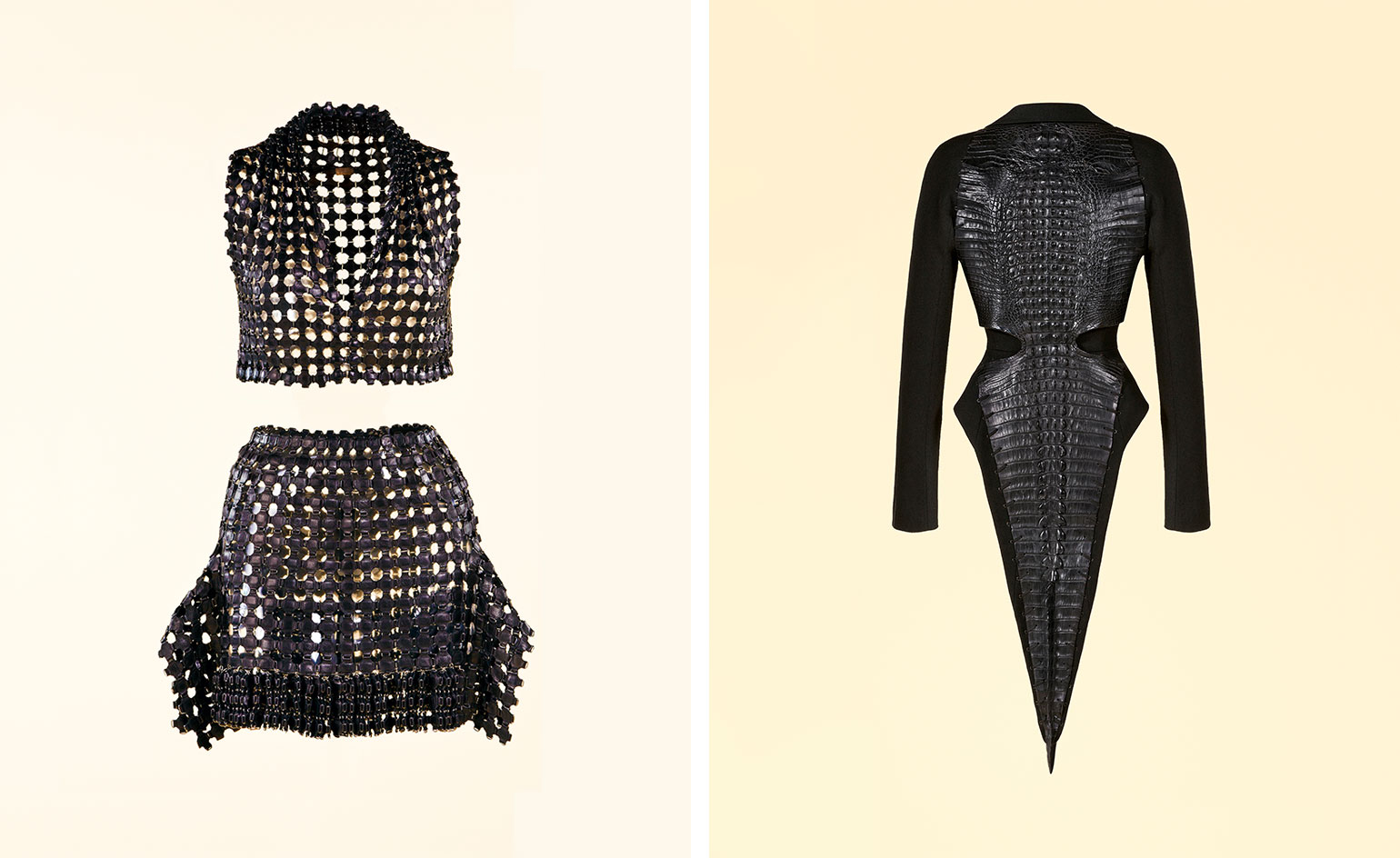
The ‘Azzedine Alaïa in the 21st Century’ exhibition at the Groninger Museum includes, left, a dress from winter 2010; and a top and skirt from summer 2010; right, a tailcoat from summer/autumn 2003.
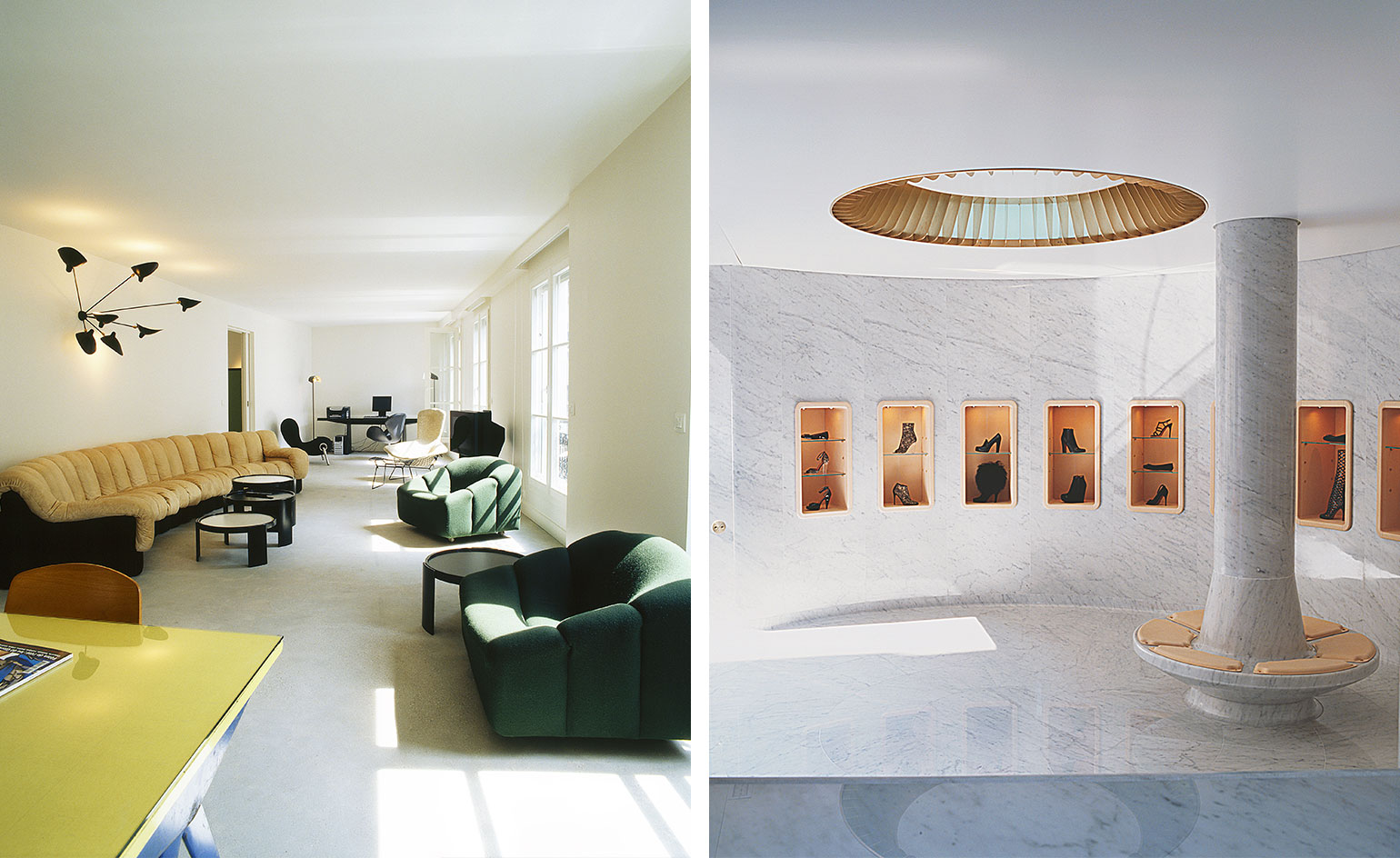
Left, one of Alaïa’s three hotel suites, part of his rue de Moussy abode in the Marais in Paris. Right, Alaïa’s shoe store on the same site was designed by Marc Newson.
INFORMATION
For more information visit the website of Azzedine Alaïa and 10 Corso Como
Wallpaper* Newsletter
Receive our daily digest of inspiration, escapism and design stories from around the world direct to your inbox.
-
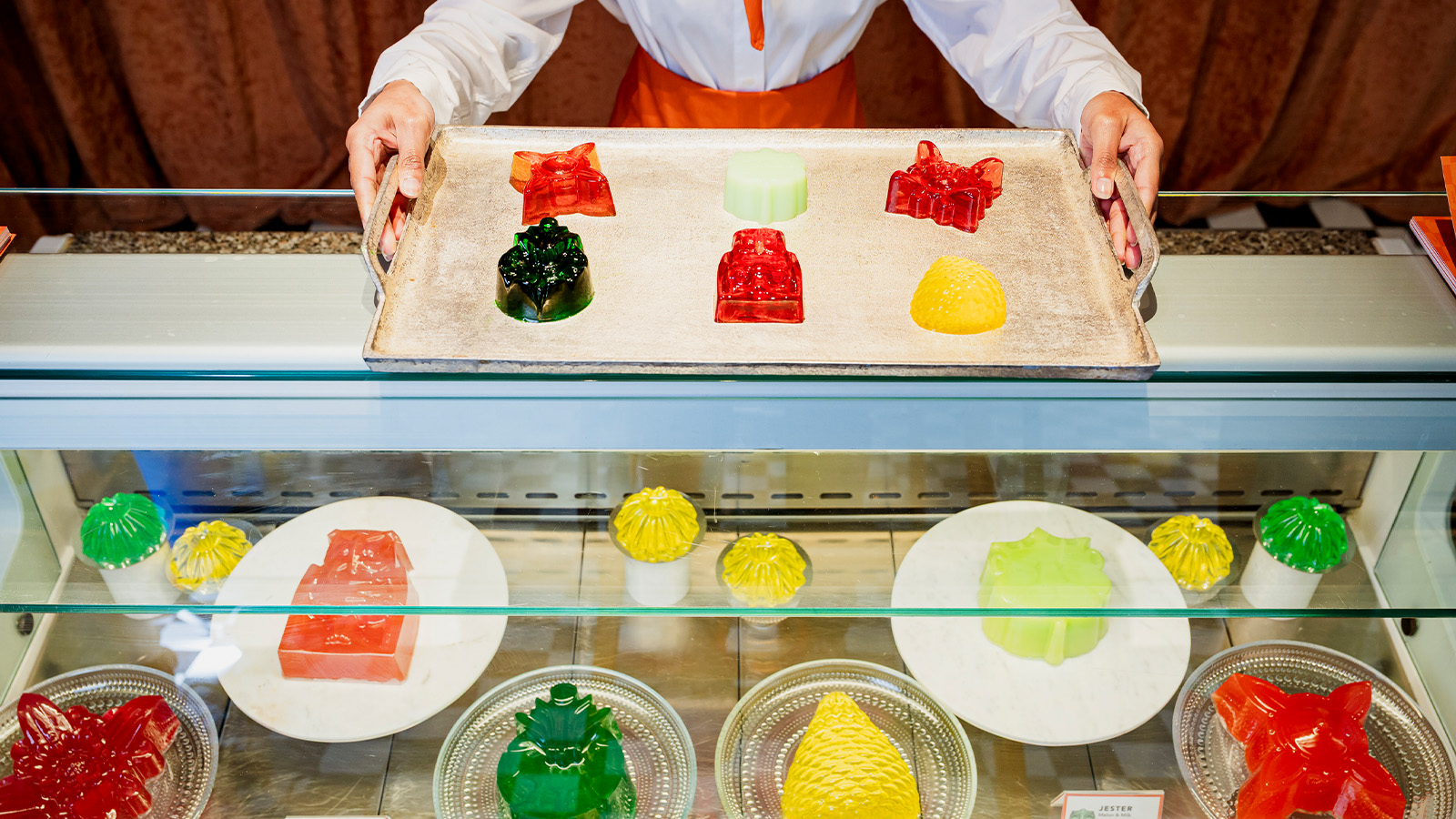 At the Regent Street Sensorium, architectural jelly sculptures are designed to ignite the senses
At the Regent Street Sensorium, architectural jelly sculptures are designed to ignite the sensesDelve into the history of London’s Regent Street through a jellyscape, a fragrance cloud and more – plus, for the event’s final week, two new immersive workshops (ends 27 April)
By Tianna Williams
-
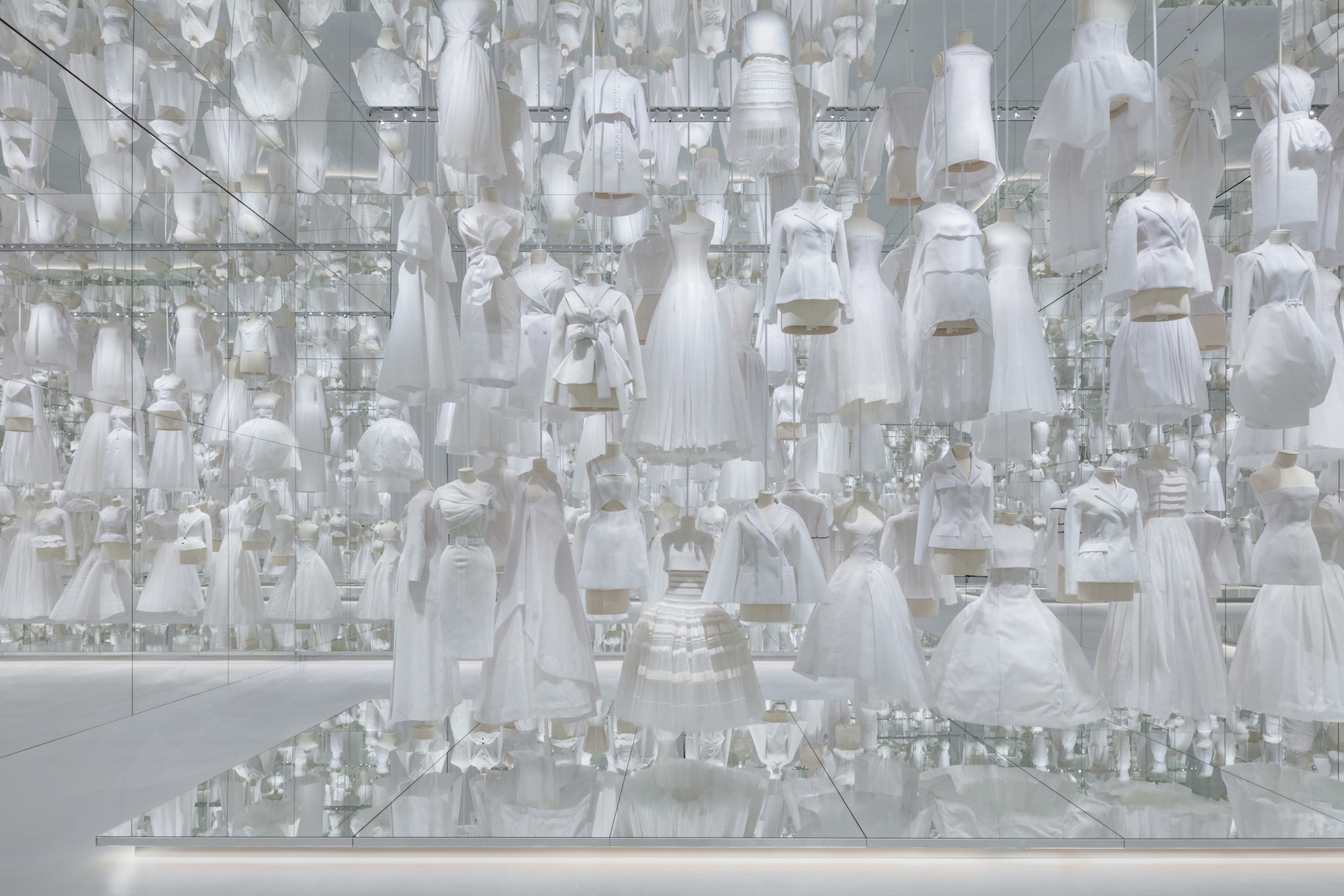 With scenography by OMA, Dior’s ‘Designer of Dreams’ exhibition in Seoul is ‘a piece of theatre’
With scenography by OMA, Dior’s ‘Designer of Dreams’ exhibition in Seoul is ‘a piece of theatre’OMA partner Shohei Shigematsu catches up with Wallpaper* about the dramatic show design for the latest iteration of ‘Christian Dior: Designer of Dreams’, which opened in Seoul this weekend
By Daven Wu
-
 Mercedes-Benz previews its next-gen people mover with an ultra-luxury EV concept
Mercedes-Benz previews its next-gen people mover with an ultra-luxury EV conceptThe Mercedes-Benz Vision V Concept is an art deco picture palace on wheels, designed to immerse passengers in parallel worlds as they travel
By Jonathan Bell
-
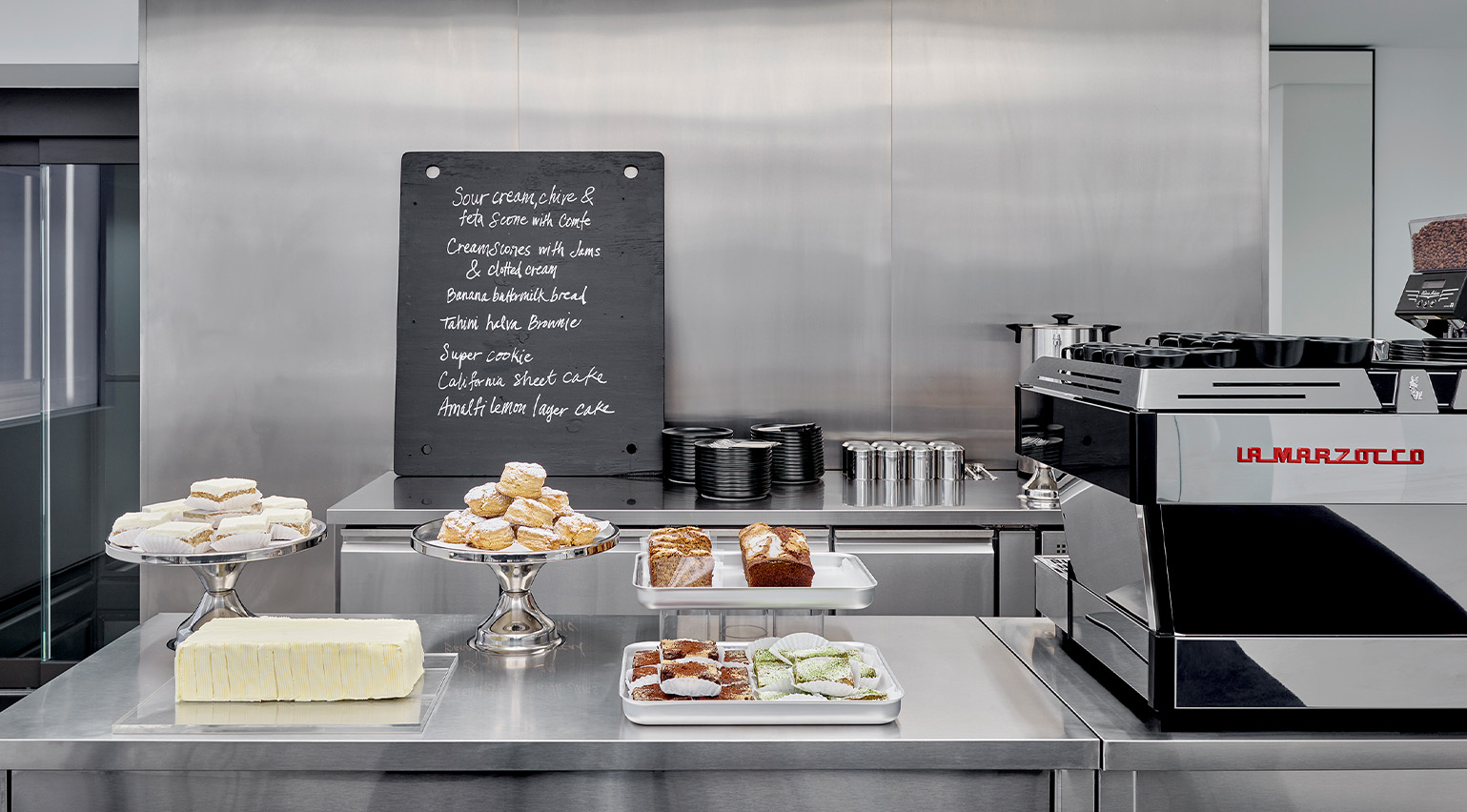 Alaïa’s secret new London café and bookstore is inspired by the art of hosting
Alaïa’s secret new London café and bookstore is inspired by the art of hostingHoused on the third floor of Alaïa’s London flagship, the intimate space – inspired by Azzedine Alaïa’s famed hospitality – includes a Violet Cakes bakery and a bookstore by Claire de Rouen
By Jack Moss
-
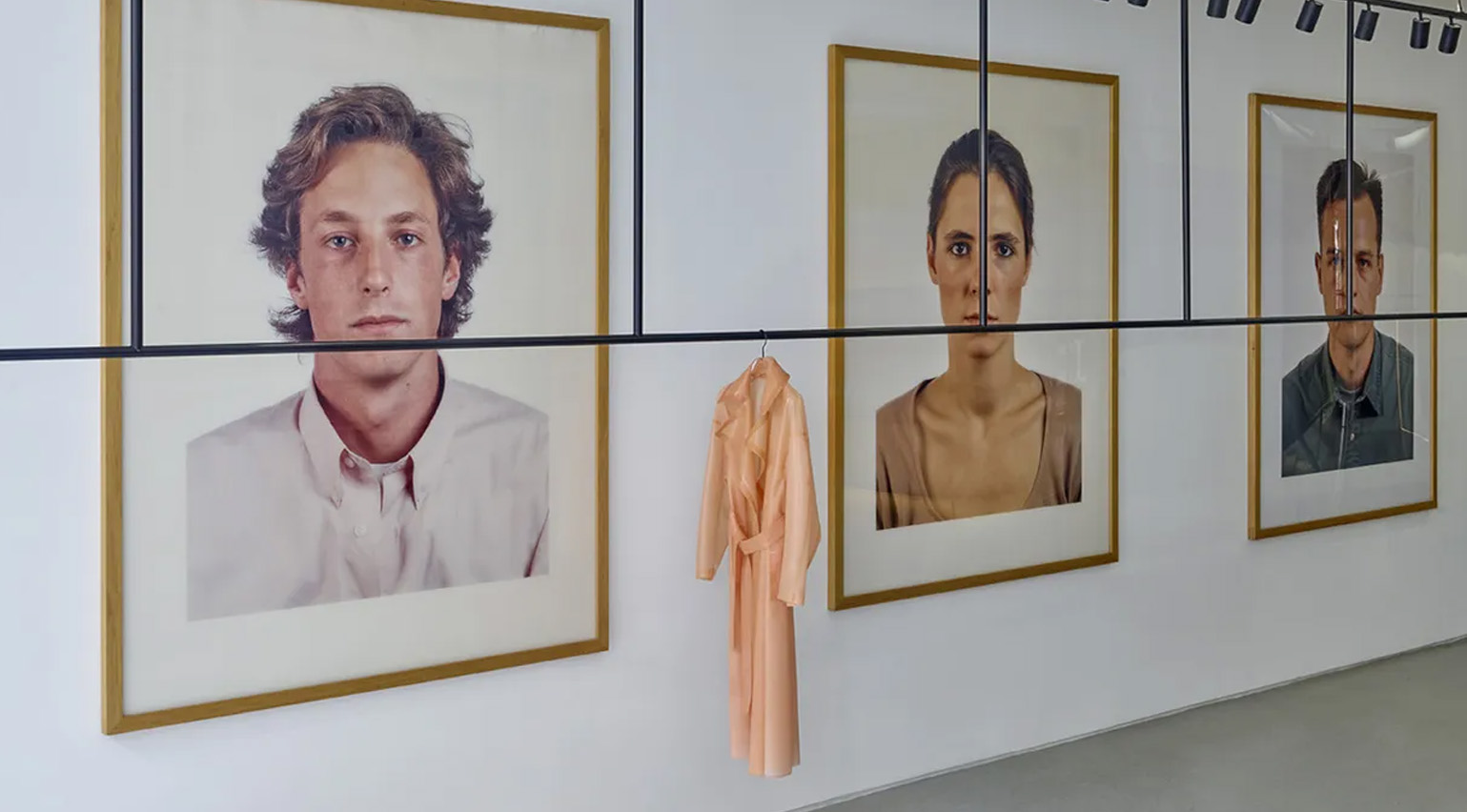 A guide to the best fashion stores London has to offer
A guide to the best fashion stores London has to offerWallpaper* picks the must-visit London fashion stores – from big-name boutiques and classic department stores to the best in vintage, alongside the sleek and experimental
By Jack Moss
-
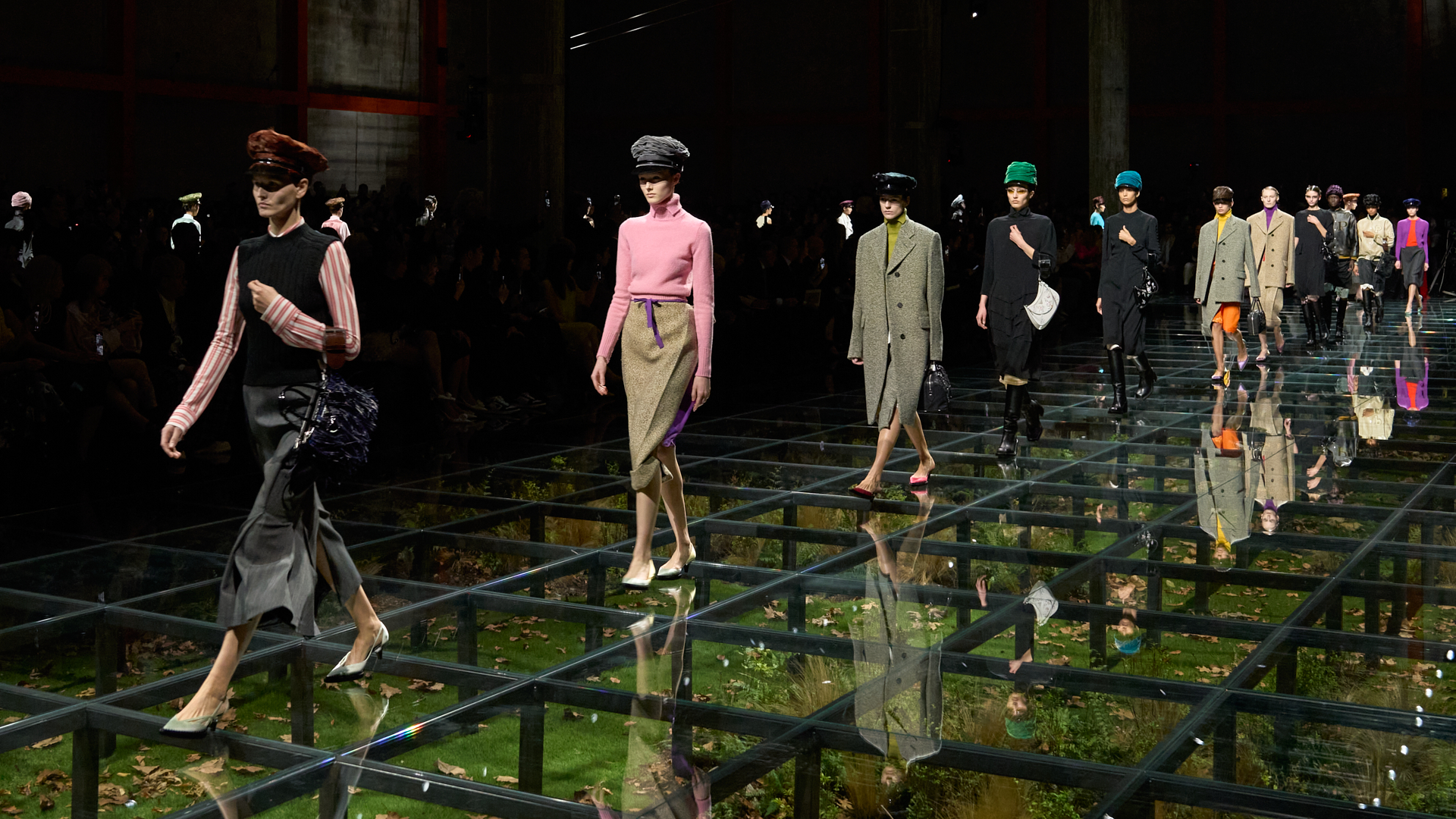 Women’s Fashion Week S/S 2025: what to expect
Women’s Fashion Week S/S 2025: what to expectNext week sees the arrival of Women’s Fashion Week S/S 2025, with stops in New York, London, Milan and Paris. Here, our comprehensive guide to the month, from Alaïa’s arrival in New York to Alessandro Michele’s Valentino debut
By Jack Moss
-
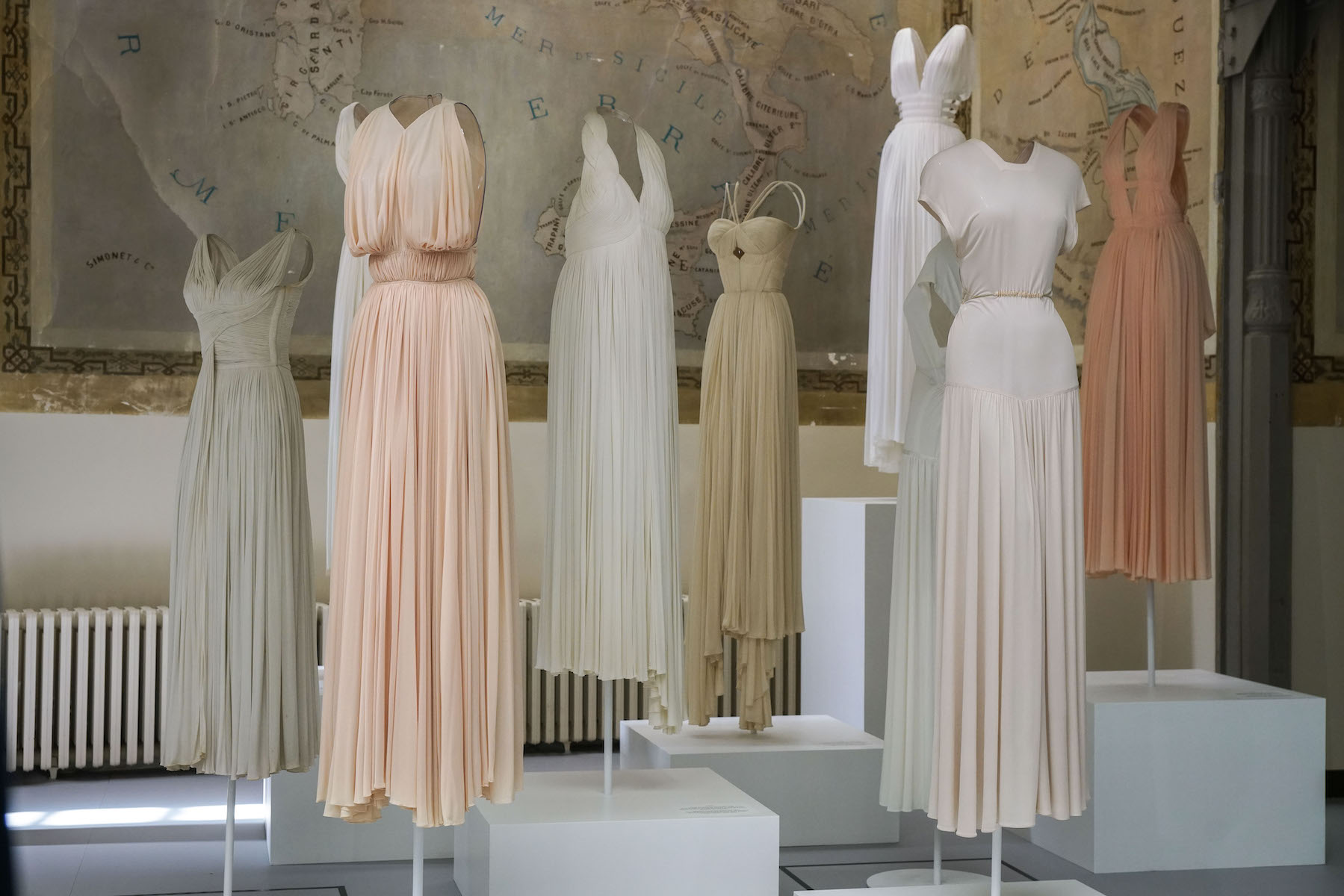 Paris exhibition explores link between Azzedine Alaïa and Madame Grès, two fashion greats
Paris exhibition explores link between Azzedine Alaïa and Madame Grès, two fashion greatsFondation Azzedine Alaïa hosts ‘Alaïa / Grès. Beyond Fashion’, a conversation between the two couturiers‘ sculptural works. The foundation’s Olivier Saillard and Carla Sozzani tell Wallpaper* more
By Jean Grogan
-
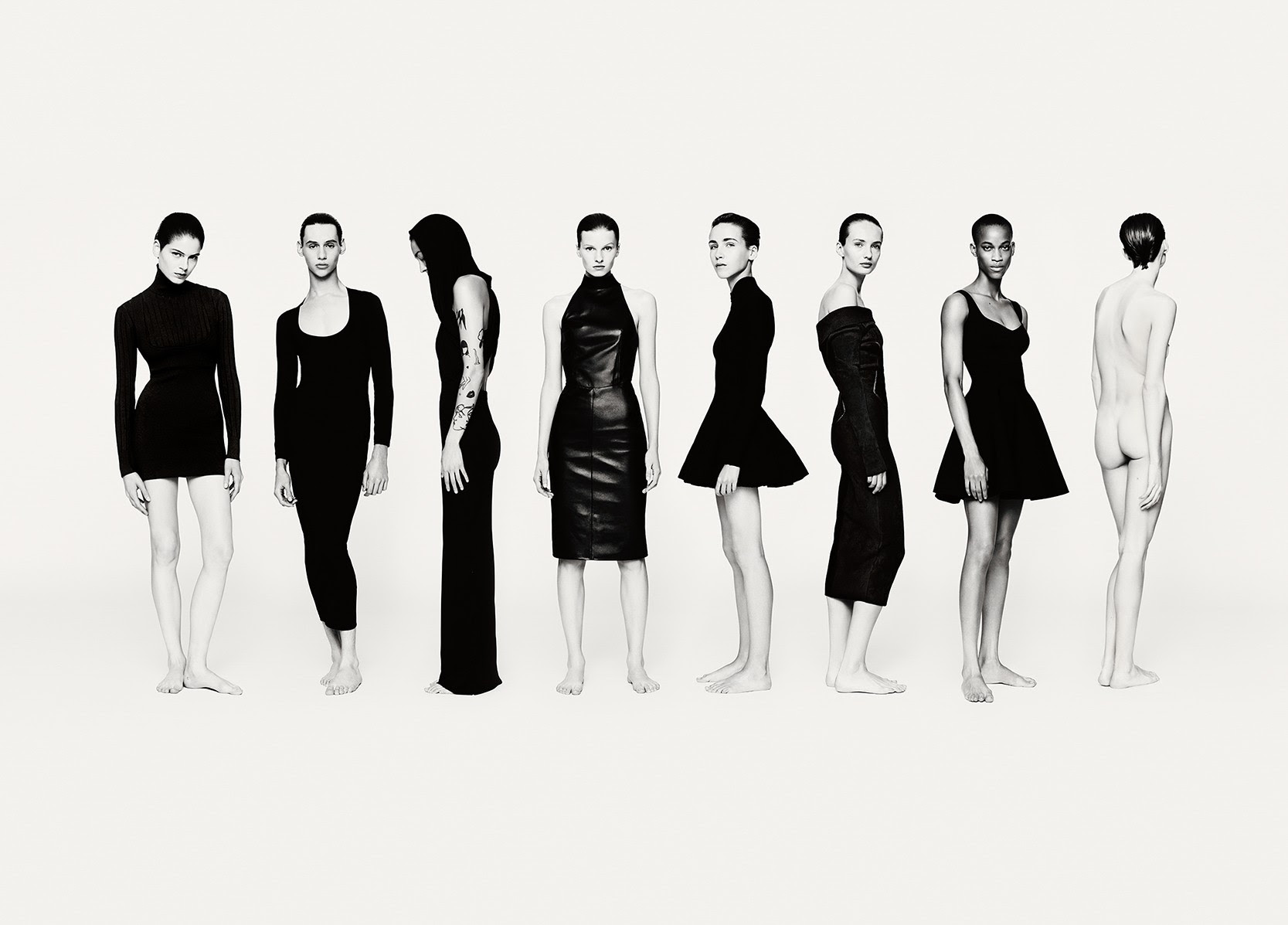 Pieter Mulier’s new Alaïa capsule collection celebrates the black dress
Pieter Mulier’s new Alaïa capsule collection celebrates the black dressThe emblematic Alaïa black dress is celebrated in a ‘simple, sensual and elegant’ 11-piece capsule collection by Pieter Mulier, photographed here by Paolo Roversi
By Jack Moss